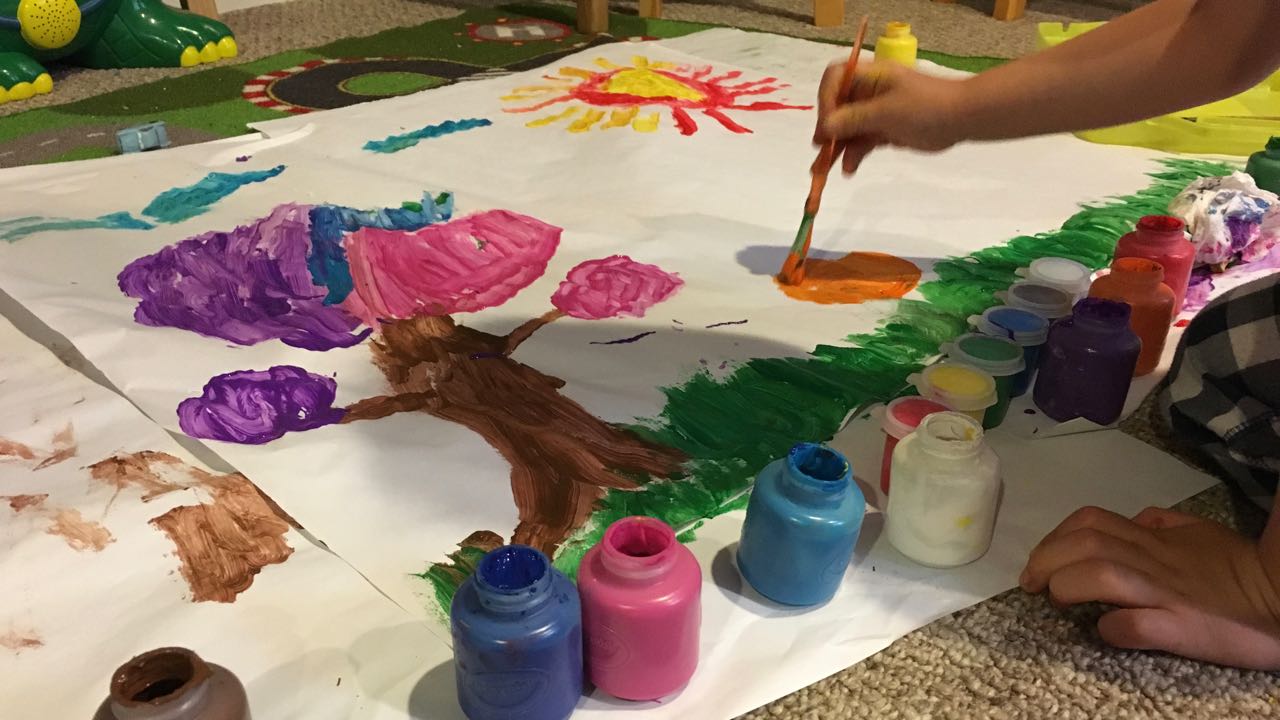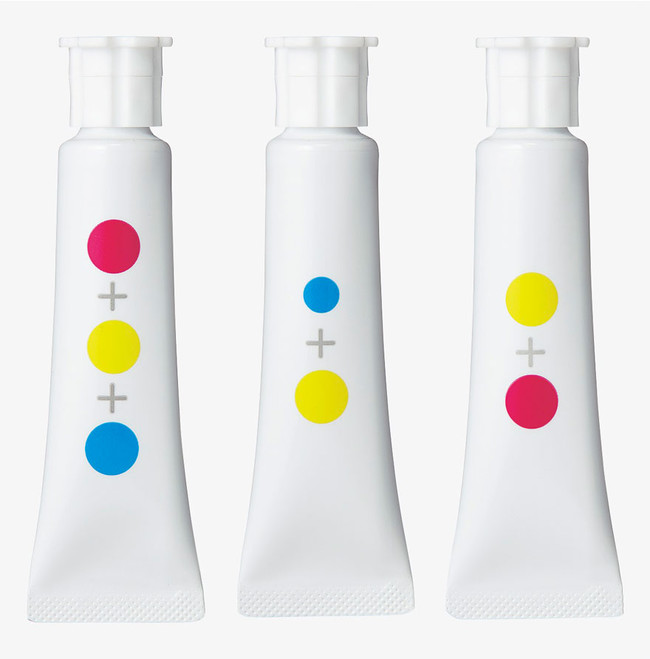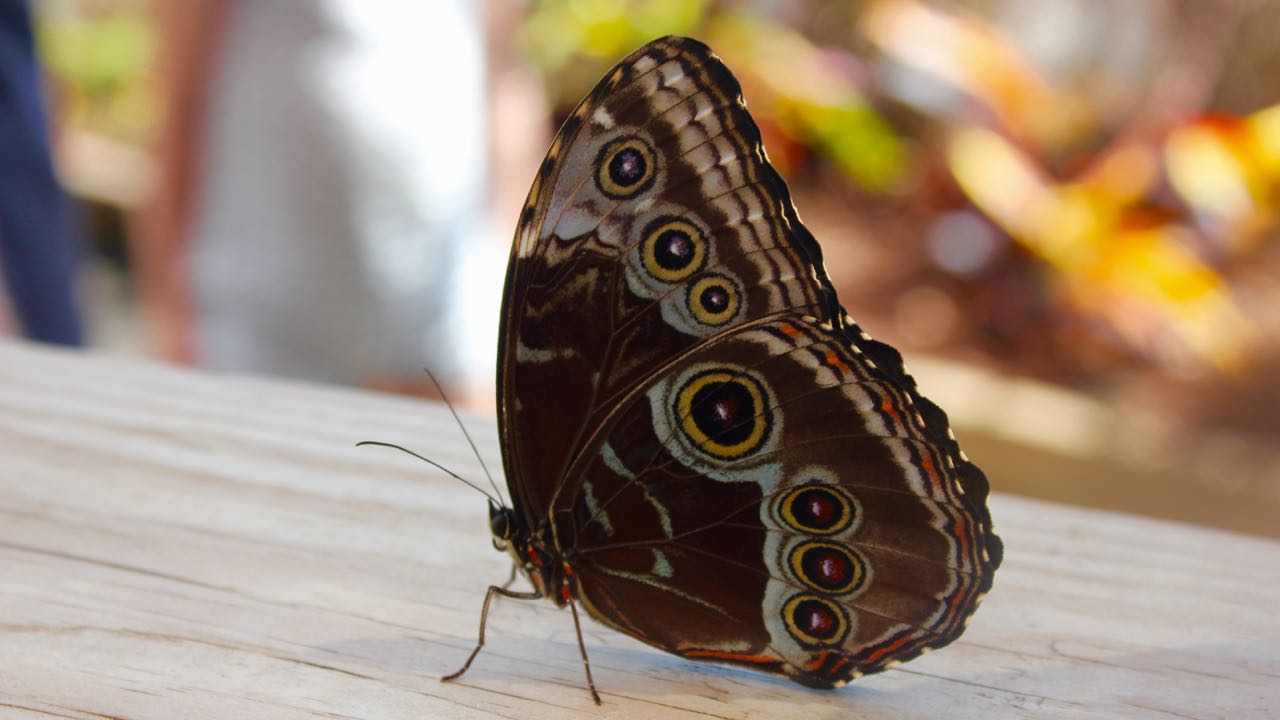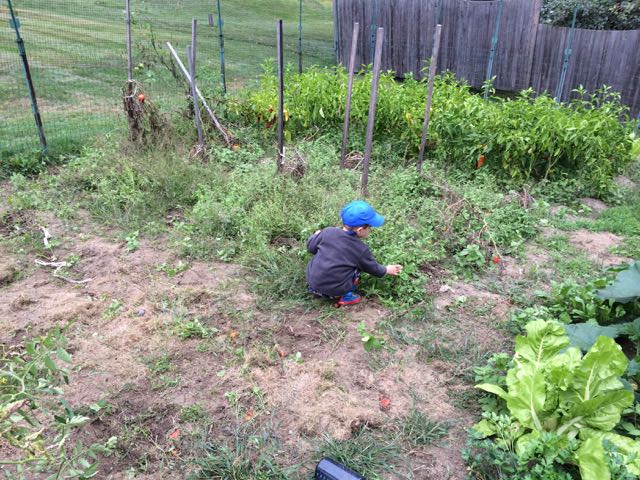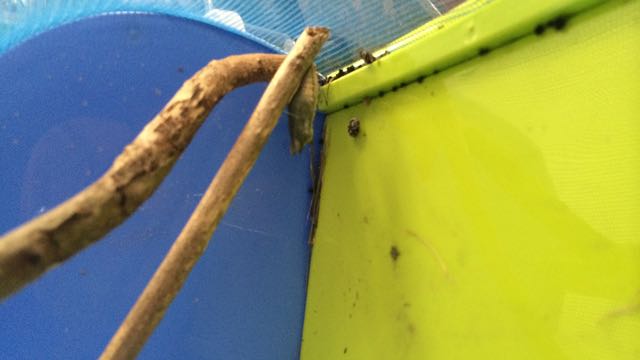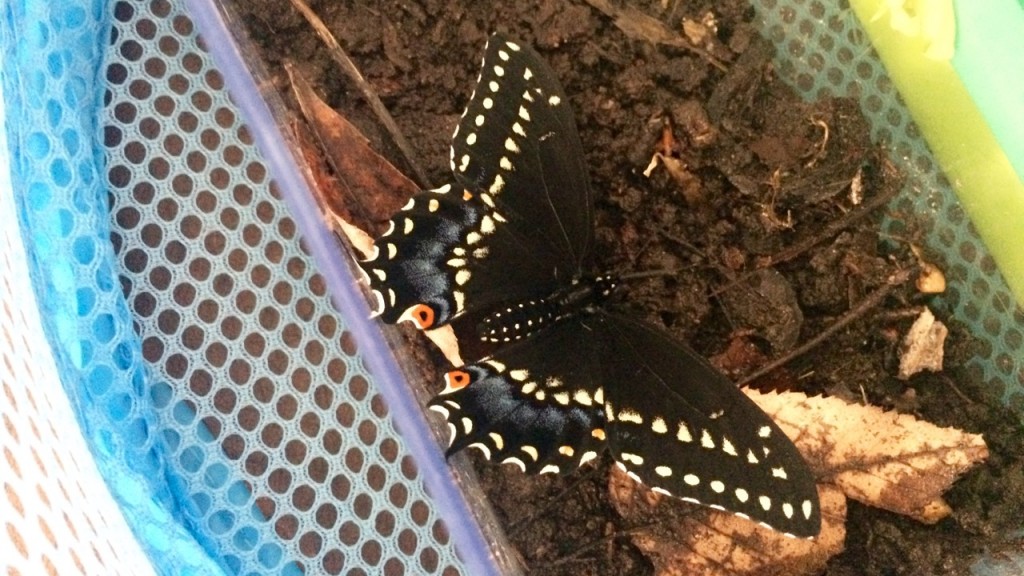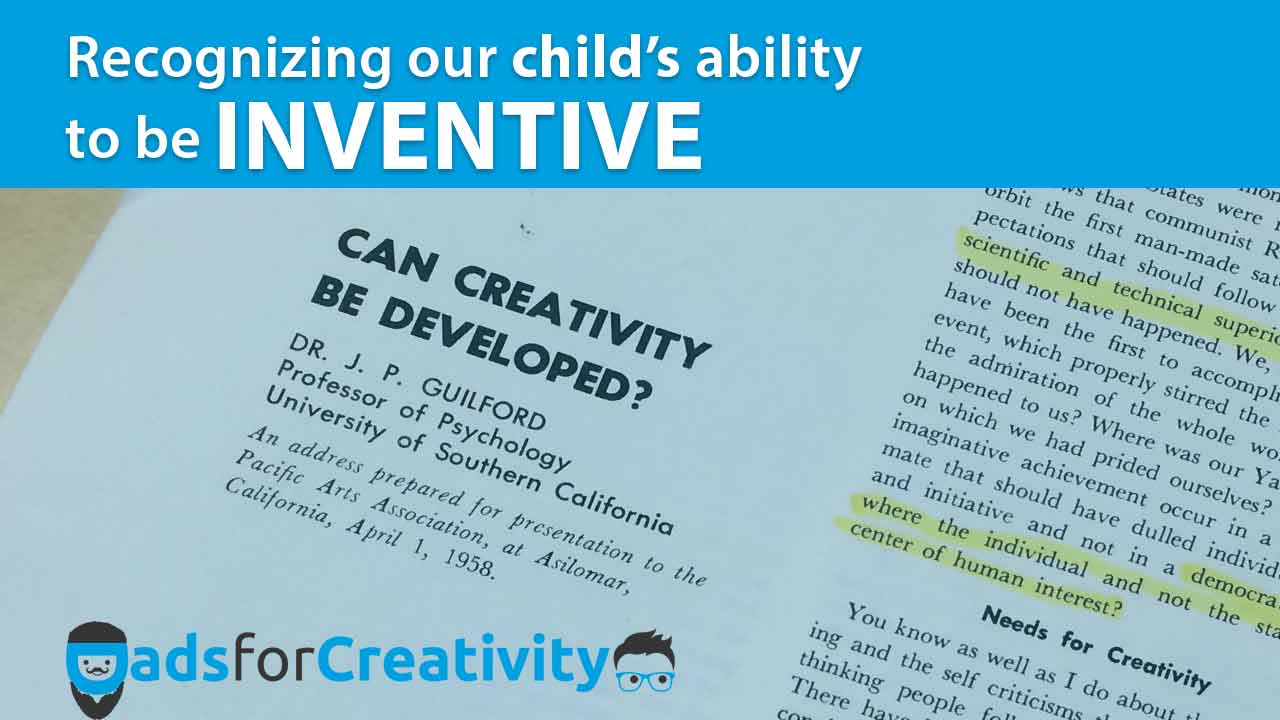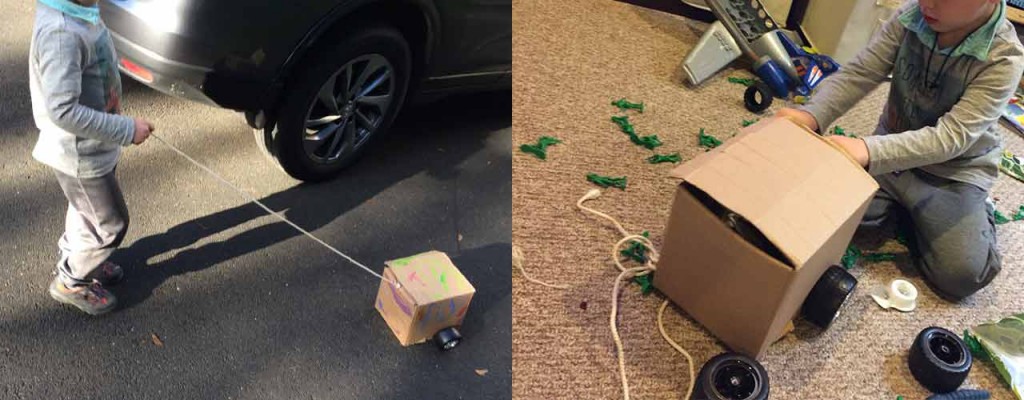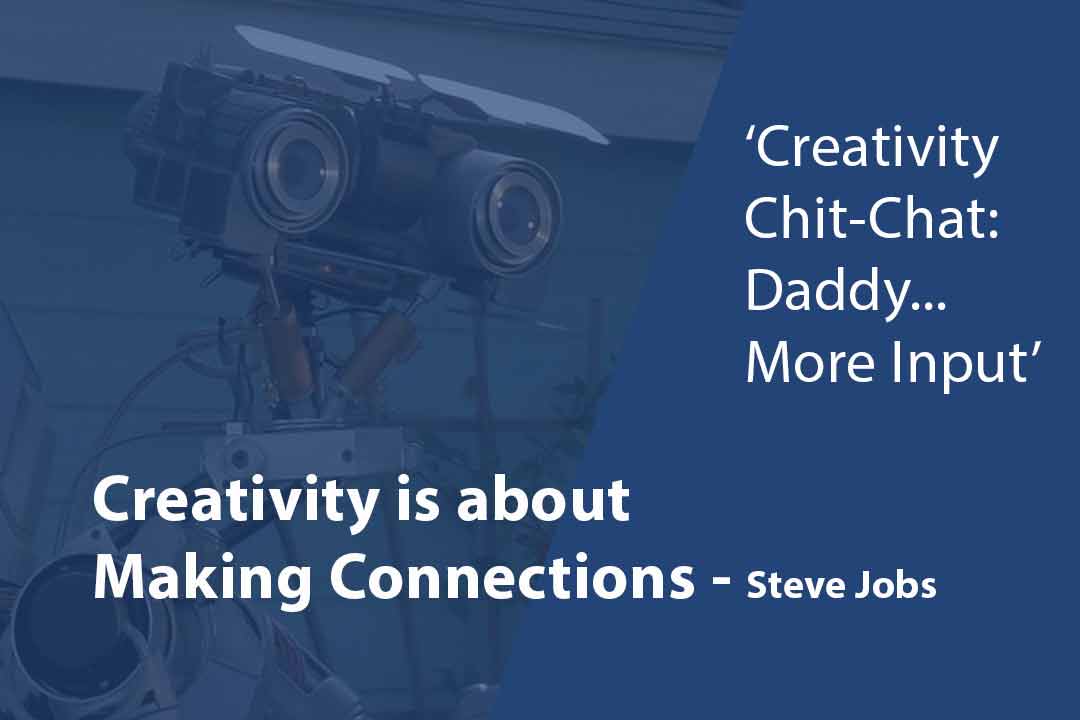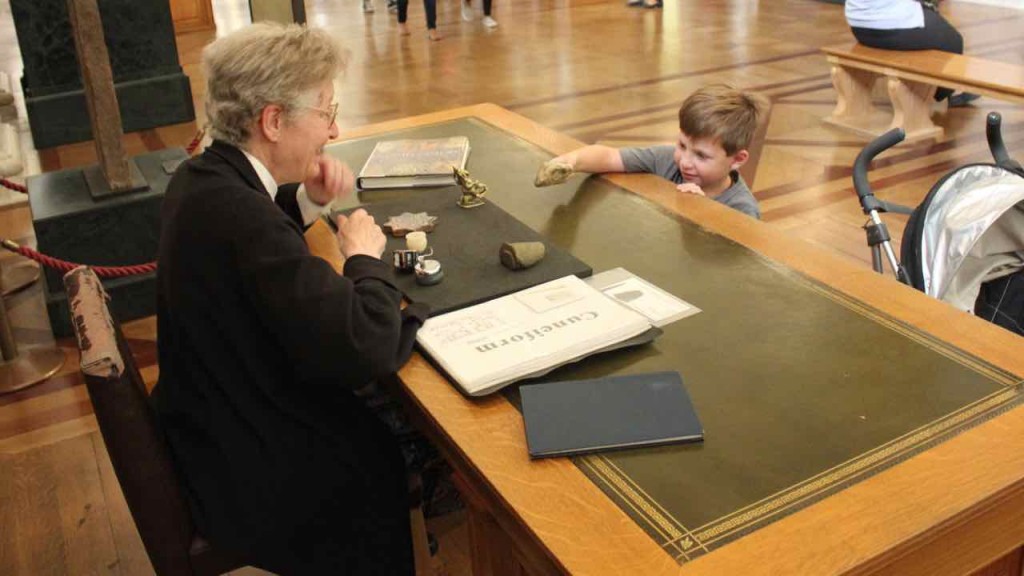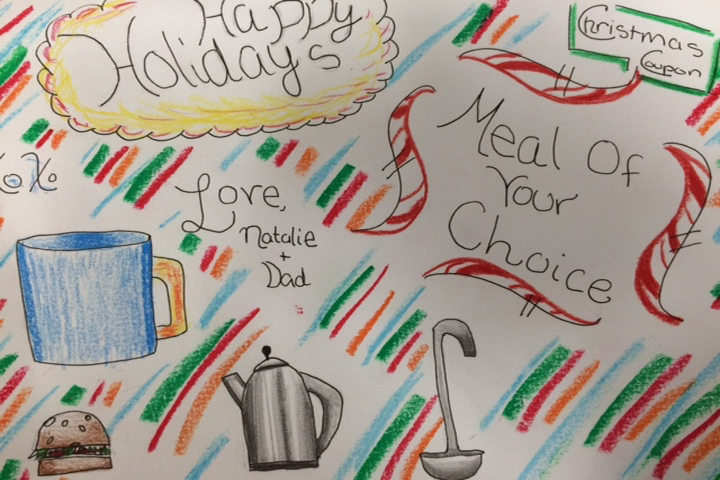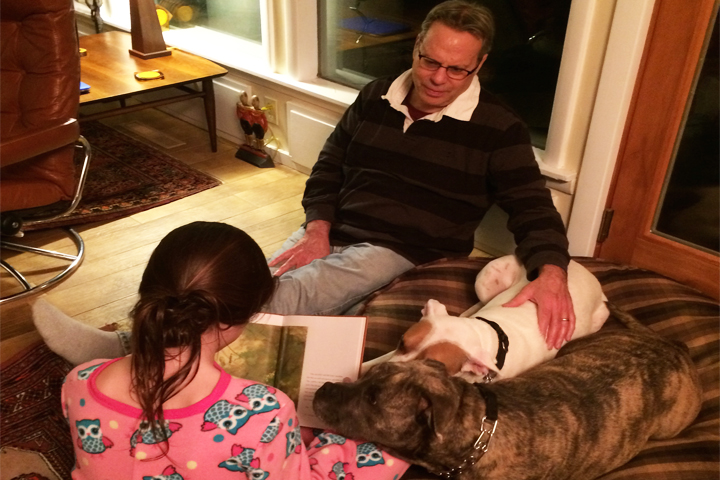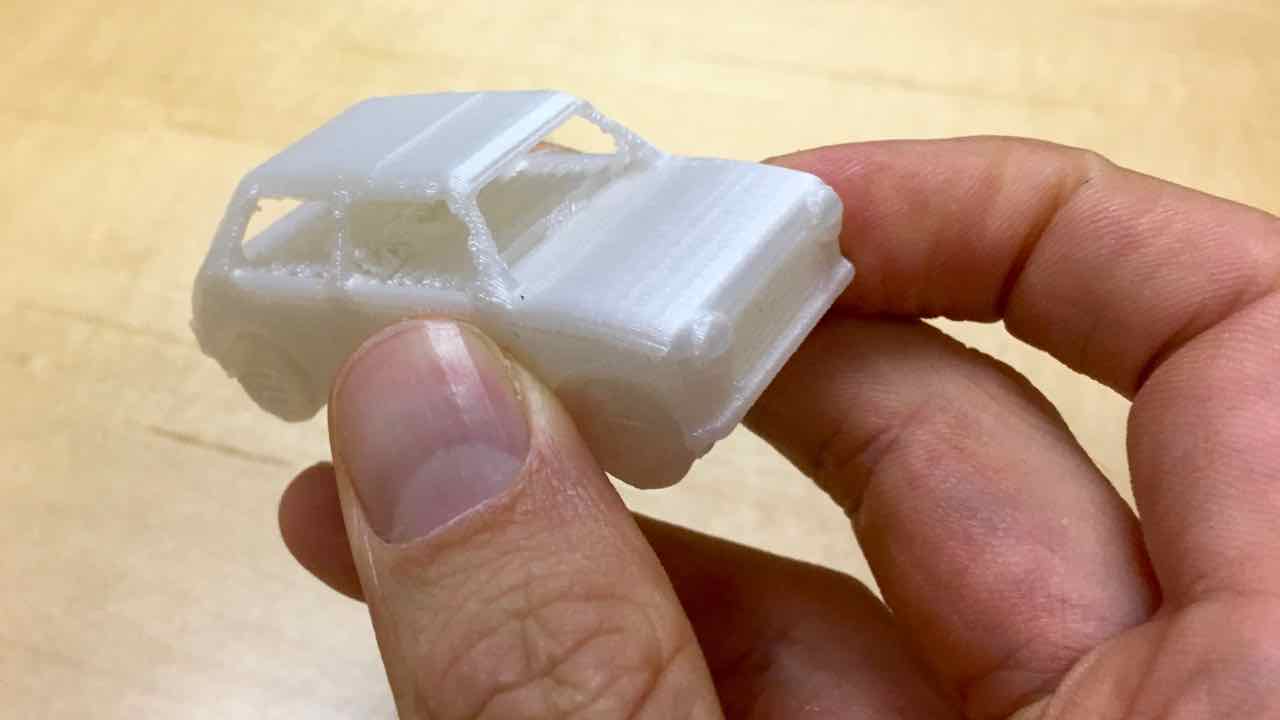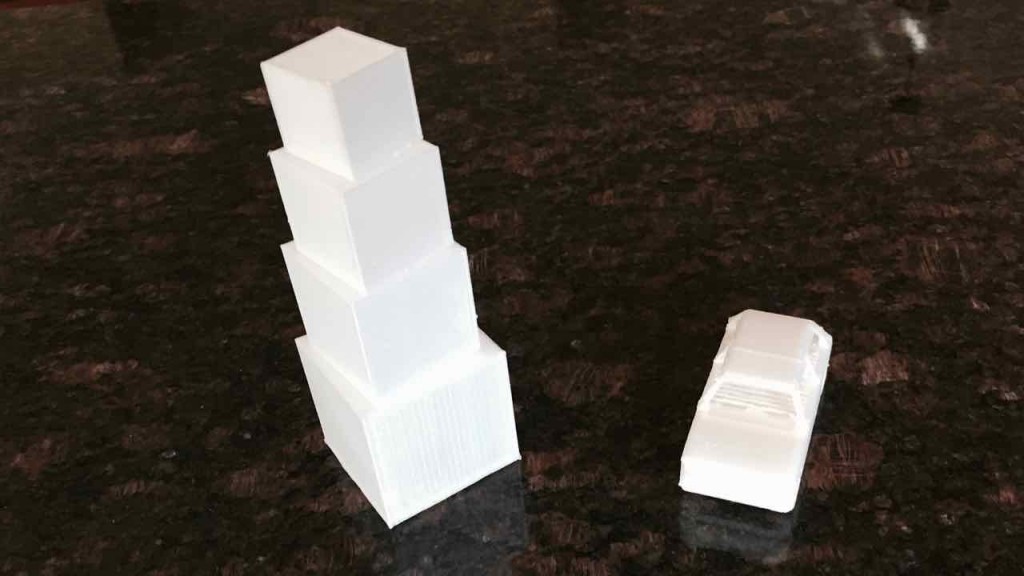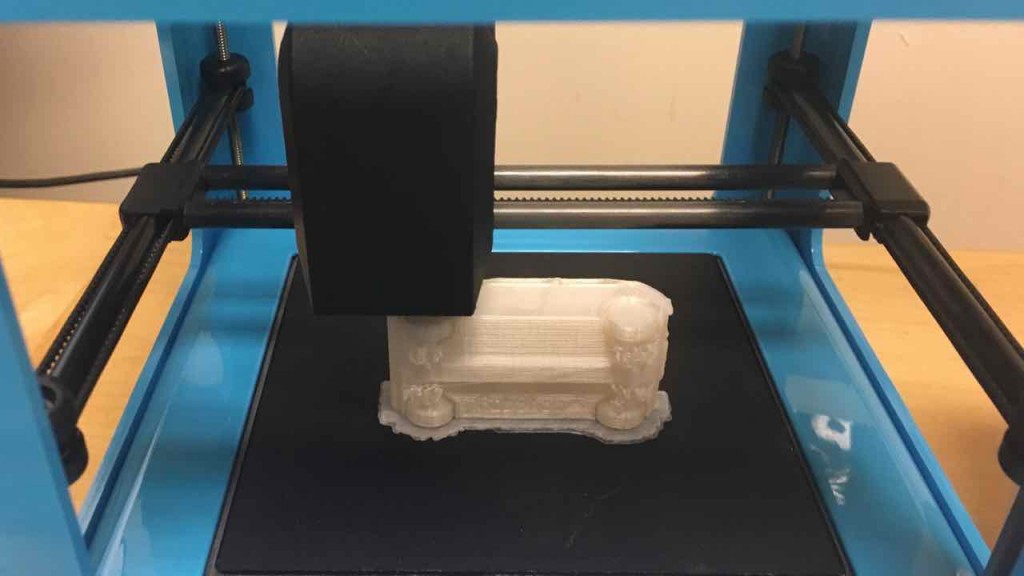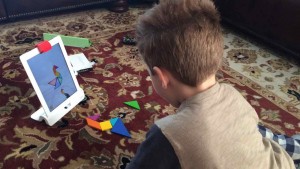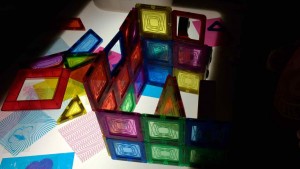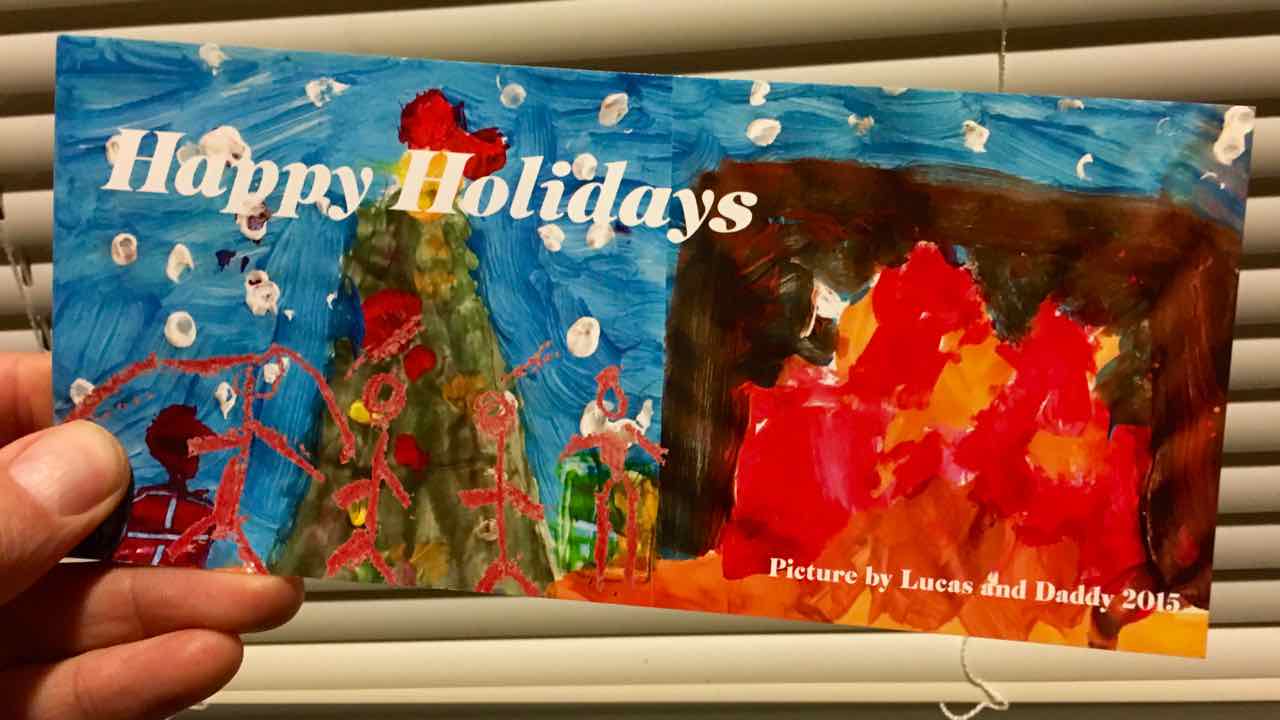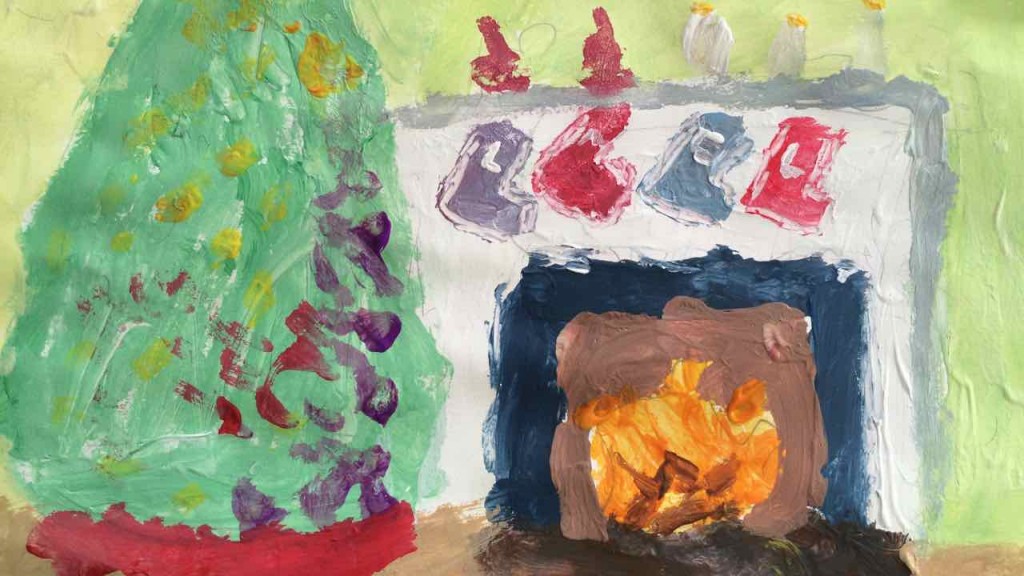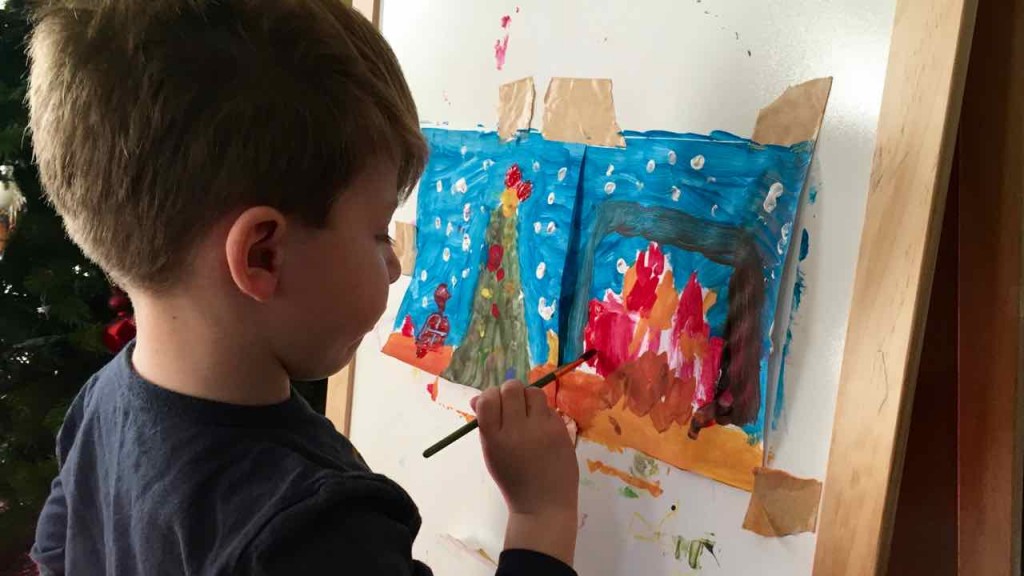If I’ve told you once, I’ve told you twice – my eldest loves to draw. I’m sure I’m not alone in having a child who appears unable to resist the need to express their understanding for our world through paper and pencil. Recently he’s begun to experiment with color, and so I thought it wise to seek the advice from transmedia artist Samantha Olschan, who’s worked across broadcast design, animation, compositing, and time-based visualization for television and film.
In the 3 Question Interview below, Samantha shares her insight into exploring color theory, as well as offering some ideas on how parents can heighten a child’s ability to better observe the world around them by noticing color – after all it’s all about creating and making, and every little helps!
See Also: Drawing tips from artist and illustrator, Bill Dougal
What’s the big deal about color?
Color is incredibly powerful and plays a significant role in our visual experiences (whether we acknowledge it or not). Color has been known to increase memory, engagement, and participation, but also informs and attracts us. Think about your favorite piece of art, or your favorite brand’s logo, a favorite t-shirt or team jersey, the color of a loved ones eyes- the colors of these objects likely carry significant psychological and/or emotional attachment. Color is also incredibly complex and its implied meaning varies from person-to-person depending on culture, time, geography.

Don’t forget to Follow us on Facebook! We want more likes!
In what ways can young children benefit from exploring color
Color and shape are the building blocks for so many things your child will learn. By exploring color, children can begin to build practices that will help with communication and creative problem solving skills. From observation, to differentiation, to sorting to listening skills. Color also offers abstract thinking skills and can help children understand more complex (things) like perceived emotion, tone and mood. This is especially true when you ask young children about artwork (both their own and the work of other artists) The real head fake comes when you and/or your child realize just how much you can learn about and through color- color is math (color measurement in mixing & sequencing), color is chemistry (the evolution of pigments & color mixing), color is visualized cultures (history and humanities) color is art & design (art history, art making, designed objects, theater, performance, gaming, lighting, interactive experiences)- but most importantly, color is a fun and expressive tool.
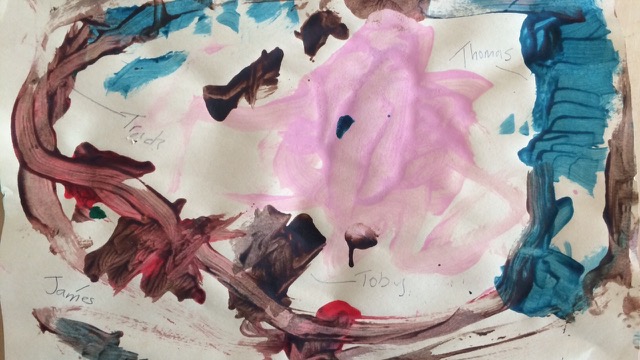
I can’t remember my eldest’s age, but I made a note of what he said each item was. You can see clearly that even at an early age he useed color to distinguish between shapes.
How might parents and educators facilitate young children exploring color at home or in the classroom?
There are so many ways that you can use color and teach color, but I urge children (and adults) to constantly play with color and take “creative breaks” often. Something as simple as going to a local paint or hardware store for paint swatches can be adapted into a fun game of “color swatch memory” (just take home swatches, cut, flip, and play!) or “name that color” (i love guessing what colors are named before actually reading their names!)
Right now, I’m obsessed with the Nameless Paint Kit (http://www.viralnova.com/nameless-paint/) which completely eliminates the need for color naming. What we call Green is simply Yellow dot + Blue dot. It’s a great way for children, art students and adults, alike, to learn about color.
With winter approaching, painting on snow with water color or diluted food coloring is a great way to take art and color outdoors and out of context.
Sequencing color on construction paper garlands to learn numbers, color and pattern. Using multi colored 8×11 construction paper, cut 2 inch strips. Link the strips together in a long chain and have your child repeat this sequence with color. This is a great activity that can also be adapted using everyday object like crayons, or small toys, or cutout shapes of construction paper to help with sorting skills with color and shape.
iSpy- a classic game that can use color to help children learn to differentiate and observe their environment. For older children you can adapt this into “photo safari” (using a digital camera or phone) or scavenger hunt (collecting colored objects along a journey). Simply create a list that outlines what colors and shapes they are expected to find and see how they creatively solve the problem!
Art history color games- create an experience or game at a museum or looking at pictures of famous art. Ask your child to identify pieces of art that they like, and ask them what colors they see, or how the colors make them feel. Have them investigate how these colors are similar or different (For example: Rothko’s red vc Coca Cola Red, Yves Klein Blue vs Vermeer’s Blue, Klimt’s Gold vs Tutamkamen’s Mask Gold. ) Its a great way to introduce how color is used to communicate ideas and even more abstract concepts in storytelling, art and branding.
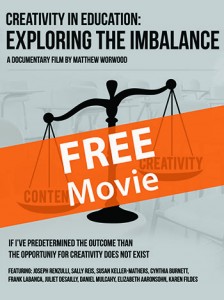 FREE FILM on Creativity in Education
FREE FILM on Creativity in Education
Creativity in Education: Exploring the Imbalance, is a documentary film that explores Creativity in education. The film is available on Amazon or can be access for free by simply commenting below or subscribing here.
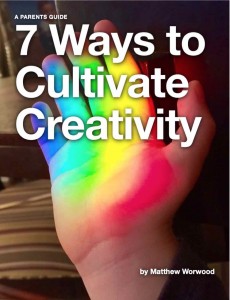 FREE BOOK on Cultivating Creativity
FREE BOOK on Cultivating Creativity
7 Ways to Cultivate Creativity is a FREE eBook for parents who want are looking for ideas on how to cultivate creative thinking skills at home. Subscribe here to download the book.
